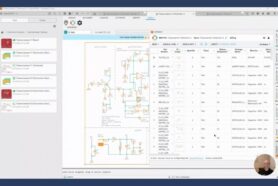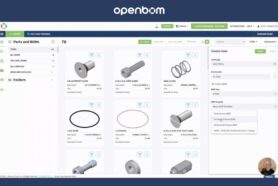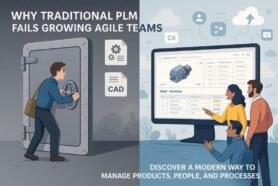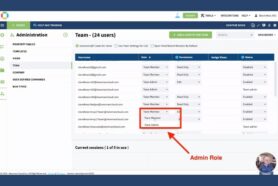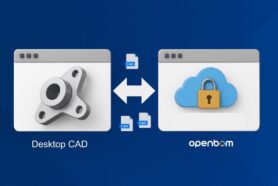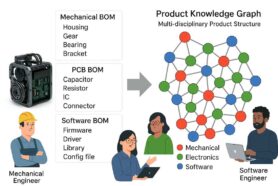
There are multiple holidays you need to work around as a manufacturing company. However, there is one holiday that heavily affects your output. This is the Chinese New Year (CNY).
If you have suppliers in China then you most likely have been affected by the CNY. Manufacturers prepare months in advance for CNY to ensure they ship out all open POs. This is because it’s common for suppliers to take off for 2-4 weeks. No production and usually no communication for 2-4 weeks. In this blog, we will talk about CNY and how you can plan to not fall into the production trap around CNY.
When is the Chinese New Year?
This year, CNY comes pretty early. The official date is Sunday, January 22, 2023. However, the celebration does not last just one day. You can expect companies to take off one week before and one week after. That means facilities might have from January 15 – February 5. Depending on the facility you might have off until February 12 or 19.
While your supplier might only take off 2 weeks, they might have sub-contractors who take off 4 weeks. Therefore, even if your supplier is back to work, they might not be able to fabricate or assemble your product because their subcontractors are still on vacation.
What Should you Do?
During this time, many suppliers are busy. The majority of their customers are pushing to ship before CNY. As a result, the supplier will need to prioritize production. If you are a smaller customer then your orders might be put off until after CNY so they can ship out for their larger customers. Therefore, if you are a smaller customer then you should be placing your orders earlier. You might want to add about 2-3 weeks to your normal lead time before CNY. Therefore, if you have a lead time of one month for production then you should place the order around now, November 25.
Also, if you are a smaller customer and you place an order then your supplier might not accept it, depending on the lead time. Or if they do, then you will place the deposit and you might not receive that shipment until after CNY. Therefore, it’s important to your cash flow to also plan accordingly before CNY.
There is also a higher risk for those who are developing a new product and would like to launch this before CNY. Your first product launch is very important. Many things are bound to happen. Rushing your first order will put the quality of your product at risk. Do not jeopardize your first order just to try to have it shipped before CNY.
Keep & Plan Inventory
For planning purposes, you will need to ensure you have enough inventory to keep up with demand well after CNY too. Even if you place the PO before CNY does not mean your supplier will start procuring parts before CNY. Depending on the product you manufacture, it might be difficult to store individual components. There might be too much risk associated with storing parts or components so the supplier holds off on producing parts until after the CNY. So, your lead time is about 6 weeks longer than you originally planned.
After CNY is also Difficult
Right after CNY is also quite risky. No one really knows who will come back and usually you can see around 50% turnover for labor. You should not expect your supplier to be at 100% capacity when they come back either. Usually, you see suppliers take 3-4 weeks to get back to full capacity after CNY.
How to Deal with CNY?
The way you manage your product data will impact the speed and efficiency with that you can navigate around CNY. If your product data is all over the palace then you’ll need to be able to plan around CNY. However, if your product data is well organized then you will know when to place production orders and how much inventory you need to hold to get you through CNY.
OpenBOM is a cloud-based PDM & PLM platform to manage your engineering and manufacturing data. Companies from startups to Fortune 500’s use OpenBOM to create a centralized database to bring in, store and manage their manufacturing data. With this infrastructure, users also use OpenBOM to streamline both their change management and PO processes.
If you need to improve the way you manage your data and processes, share data instantly, or collaborate with contractors and suppliers. contact us today for a free consultation.
Regards,
Join our newsletter to receive a weekly portion of news, articles, and tips about OpenBOM and our community.

